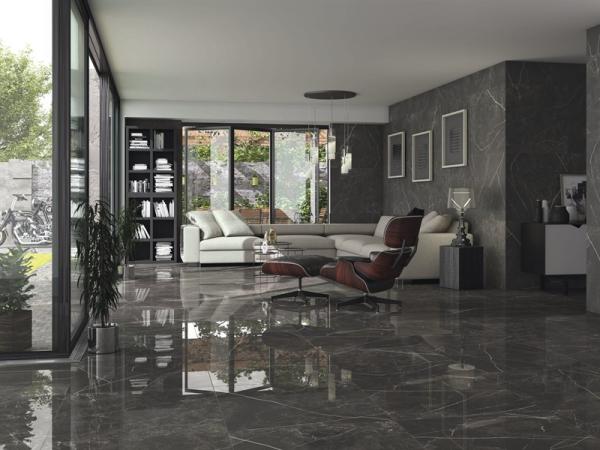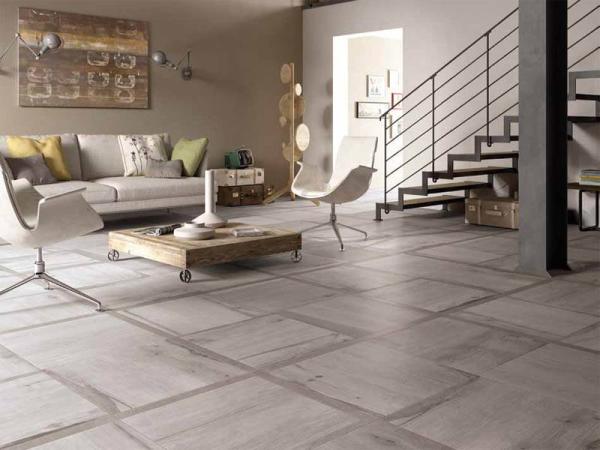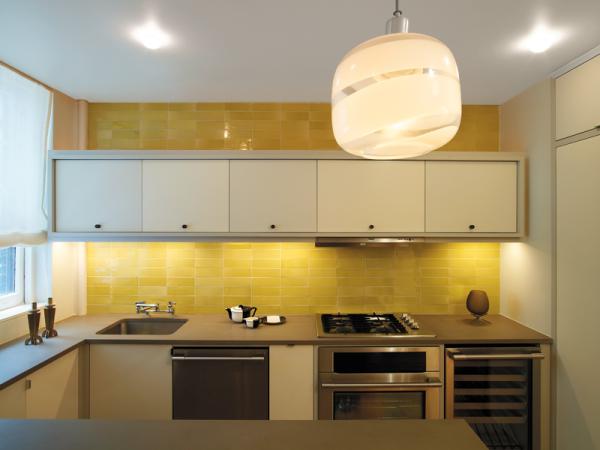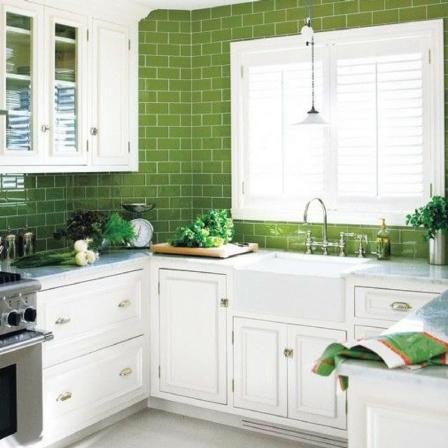When it comes to selecting the perfect tiles for your home or business, two options that often dominate the market are ceramic and porcelain tiles. Although they may look similar, there are significant differences between these two materials. This article aims to provide you with an in-depth comparison between ceramic tile and porcelain tile, helping you make an informed decision. 1. Composition and Production Process: Ceramic tiles are made from a mixture of clay, minerals, and water. The mixture is typically molded into desired shapes and then fired at high temperatures. On the other hand, porcelain tiles are made primarily from fine porcelain clay and fired at higher temperatures, resulting in a dense and more durable product. 2. Durability and Strength: One of the key advantages of porcelain tiles is their exceptional durability. The high temperature used during their manufacturing process makes them extremely hard and resistant to wear and tear. This durability makes porcelain tiles ideal for high-traffic areas in both residential and commercial settings.

.
 Ceramic tiles, while still durable, may not be as strong as porcelain tiles. They may be more prone to chipping or cracking, especially if heavy objects are dropped on them or if they are subjected to high impact. 3. Water Absorption: Porcelain tiles have a very low water absorption rate, typically less than 0.5%. This characteristic makes them highly resistant to stains and impermeable to water. It also means that they are suitable for both indoor and outdoor applications, including areas that are exposed to moisture such as bathrooms and kitchens. Ceramic tiles, on the other hand, have a higher water absorption rate, ranging from 1% to 3%. This makes them more susceptible to stains and water damage, making them more suitable for indoor applications only.
Ceramic tiles, while still durable, may not be as strong as porcelain tiles. They may be more prone to chipping or cracking, especially if heavy objects are dropped on them or if they are subjected to high impact. 3. Water Absorption: Porcelain tiles have a very low water absorption rate, typically less than 0.5%. This characteristic makes them highly resistant to stains and impermeable to water. It also means that they are suitable for both indoor and outdoor applications, including areas that are exposed to moisture such as bathrooms and kitchens. Ceramic tiles, on the other hand, have a higher water absorption rate, ranging from 1% to 3%. This makes them more susceptible to stains and water damage, making them more suitable for indoor applications only.
..
 4. Design and Appearance: Both ceramic and porcelain tiles come in a wide variety of colors, patterns, and styles, allowing for endless design possibilities. However, porcelain tiles often have a more consistent look throughout the body of the tile, thanks to their denser composition. This characteristic makes them an excellent choice for those seeking a seamless and uniform appearance. Ceramic tiles, on the other hand, may display more variation in color and design from tile to tile. Some may see this as a drawback, while others appreciate the unique and organic charm it adds to their space. 5. Cost: Ceramic tiles generally tend to be more affordable than porcelain tiles. This is due to differences in production processes and material costs.
4. Design and Appearance: Both ceramic and porcelain tiles come in a wide variety of colors, patterns, and styles, allowing for endless design possibilities. However, porcelain tiles often have a more consistent look throughout the body of the tile, thanks to their denser composition. This characteristic makes them an excellent choice for those seeking a seamless and uniform appearance. Ceramic tiles, on the other hand, may display more variation in color and design from tile to tile. Some may see this as a drawback, while others appreciate the unique and organic charm it adds to their space. 5. Cost: Ceramic tiles generally tend to be more affordable than porcelain tiles. This is due to differences in production processes and material costs.
…
 If you have a tighter budget, ceramic tiles might be the more cost-effective option without compromising on the overall quality. Conclusion: Choosing between ceramic and porcelain tiles ultimately depends on your specific needs, budget, and aesthetic preferences. Porcelain tiles are highly durable, water-resistant, and suitable for both indoor and outdoor use. Ceramic tiles, on the other hand, offer versatility in design and are more budget-friendly. Consider the location, foot traffic, and desired style for your project when making your decision. Consult with tile professionals or speak to a reputable distributor to ensure you make the right choice. Remember, whether you choose ceramic or porcelain, properly maintained and installed tile can add timeless beauty and value to your space.
If you have a tighter budget, ceramic tiles might be the more cost-effective option without compromising on the overall quality. Conclusion: Choosing between ceramic and porcelain tiles ultimately depends on your specific needs, budget, and aesthetic preferences. Porcelain tiles are highly durable, water-resistant, and suitable for both indoor and outdoor use. Ceramic tiles, on the other hand, offer versatility in design and are more budget-friendly. Consider the location, foot traffic, and desired style for your project when making your decision. Consult with tile professionals or speak to a reputable distributor to ensure you make the right choice. Remember, whether you choose ceramic or porcelain, properly maintained and installed tile can add timeless beauty and value to your space.



